Description
Winged bean, Psophocarpus tetragonolobus, also known as goa bean or four-angled bean is another delicious perennial vegetable to grow! Being in the Fabaceae family, winged beans fix nitrogen extremely well, but they are also an excellent food source in the pod, also the bean, young leaves, shoots, flowers, flower buds and tuberous roots are all edible! Winged beans grow as small vine (up to 12 feet), easily trellis-able or grown on a tree. If you do not live in the tropics there is a day-length neutral variety suited for annual growing in many parts of the world.
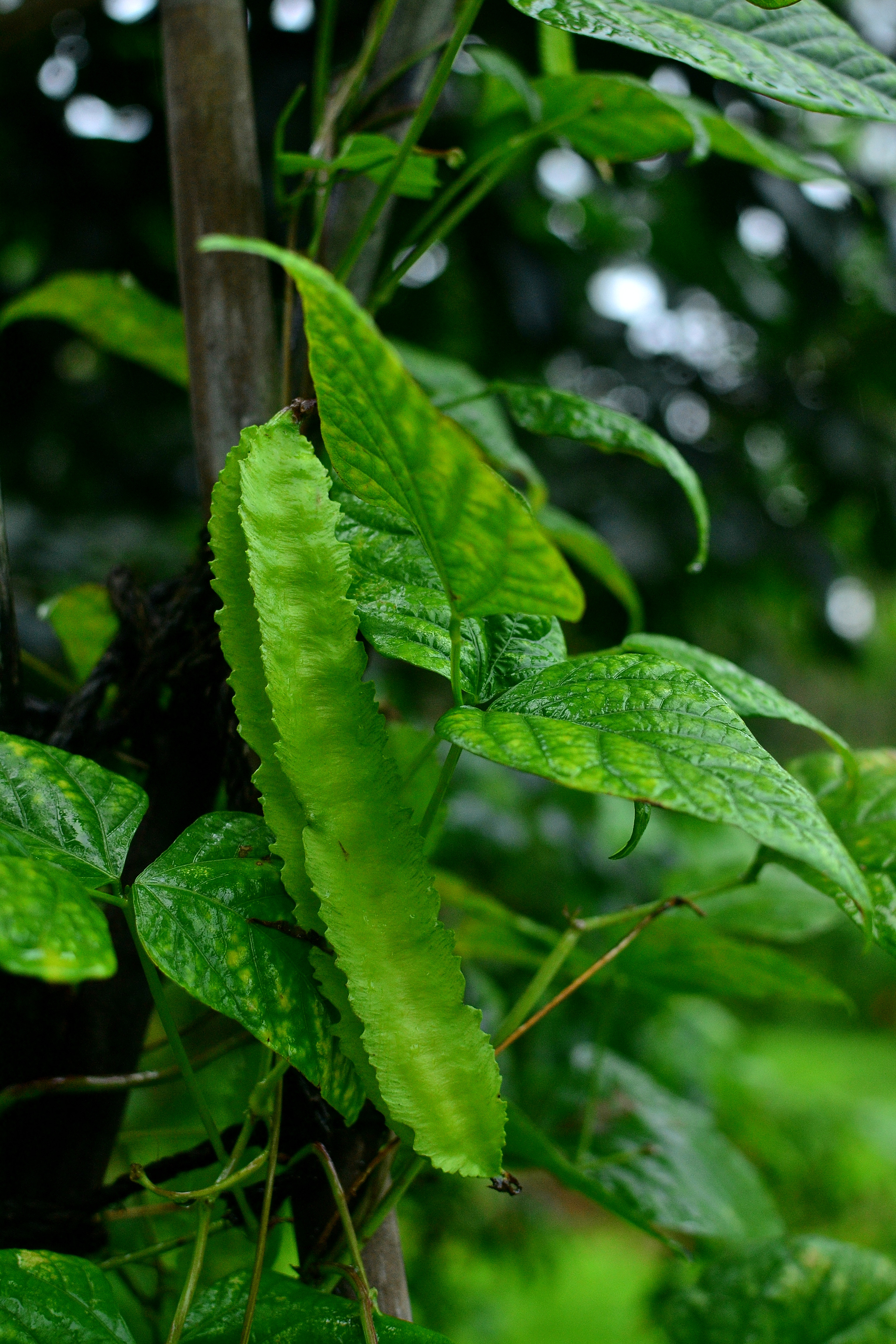
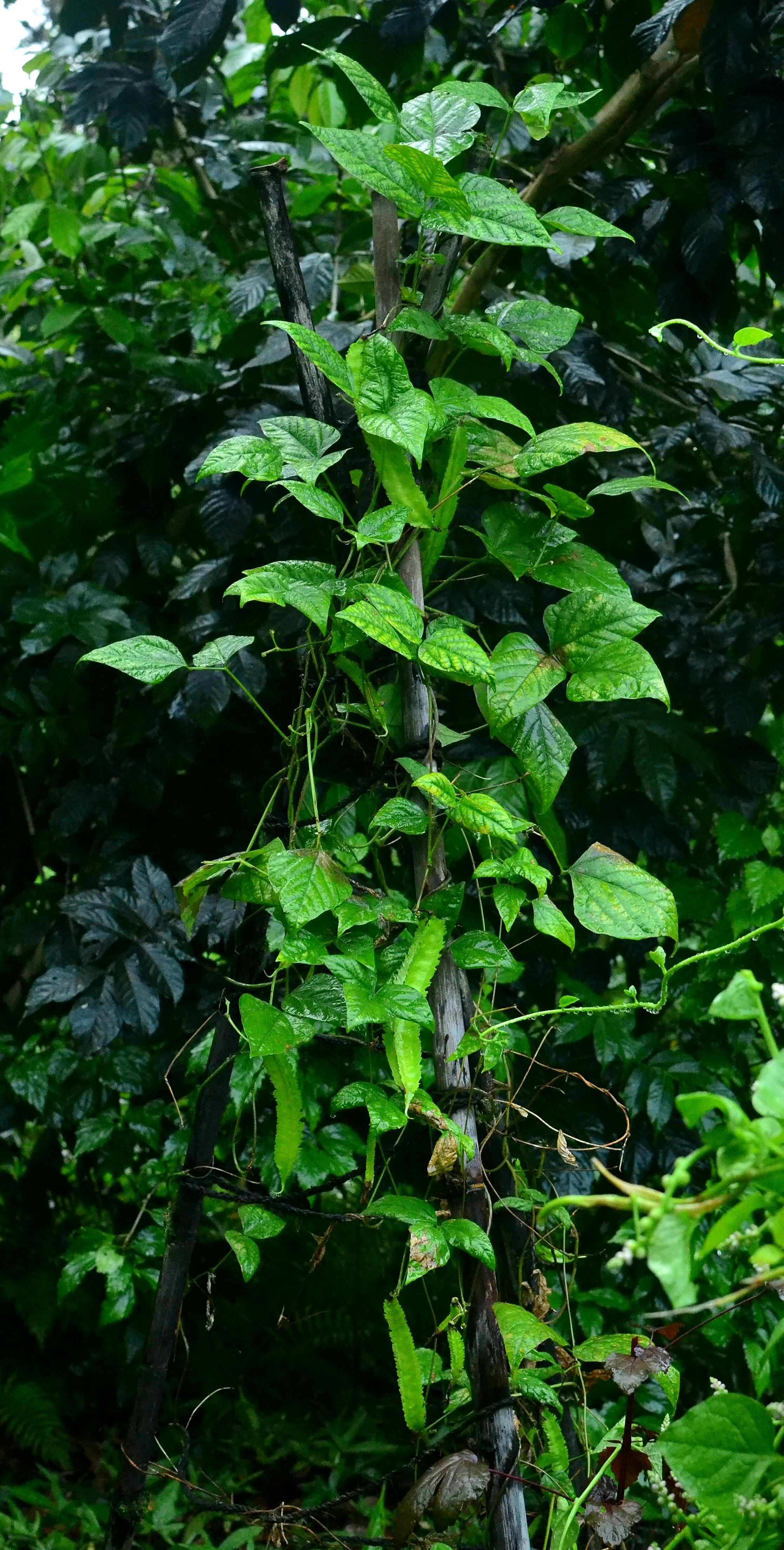
Propagation
Winged beans are grown from seed, but scarification and soaking overnight are recommended to speed up the process of germination. Transplant plants into a full sun location.
Care
When the plant is young, make sure to weed it and help support it on a trellis as they are initially slow growing. Next sit back and enjoy the relentless harvest! If you are growing the plant for tubers, do not trellis, and remove flowers by hand once they develop.
Eating
Harvest bean pods when they are 5-8 inches long. If you wait longer you can harvest the beans and use them like lima or soy beans, meaning you could make bean milk, tofu and tempeh, or roast the beans like peanuts. Dried seeds may also be used for flour or as a coffee substitute
The young leaves and flowers are cooked as greens, or may be eaten raw in small portions. And the tuberous roots can be eaten fresh or cooked like potatoes and contain 20-25% protein.
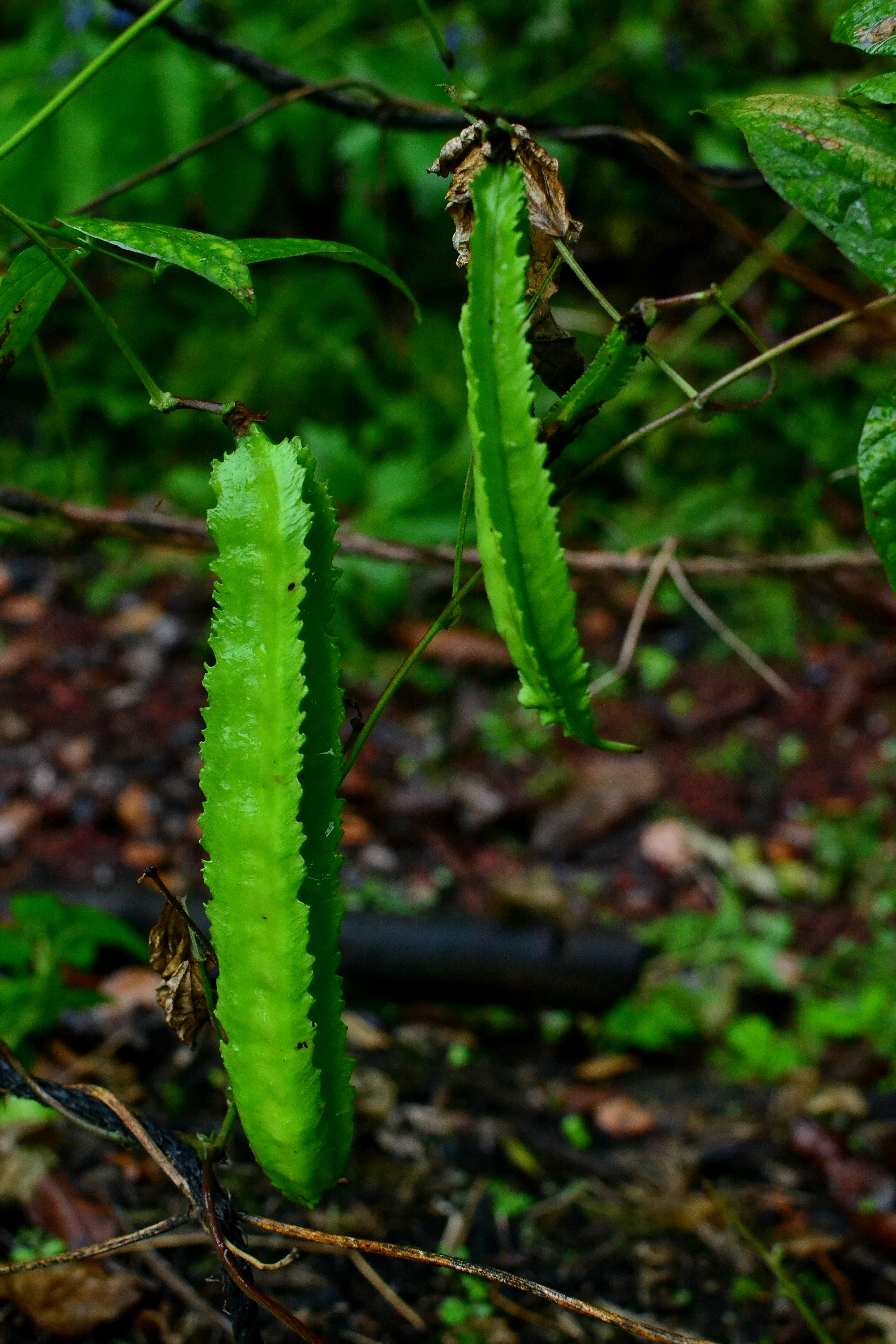
Where to obtain planting materials
You could ask a friend growing winged beans for some seeds. Or order them online, as the beans at the market are too immature to produce viable seeds.
My Garden
Winged beans are one of my favorite vegetables, they are so versatile, can be eaten raw or lightly sautéed and grow so well here. So I was extremely excited once I got some seeds and made a little bed to plant them. In this bed I created three tipi trellis one for winged beans, one for Malabar spinach and one for air potato, the latter two are slightly/highly invasive so I wanted to keep them somewhere away from the forest where they could potentially run wild forever. And below these trellis I planted New Zealand spinach, sisso spinach, cranberry hibiscus and dahlia. I do have a guava tree that is slowly falling over near this bed so it had shaded out my beans pretty hard until I cut it back, so that’s why the bean vine is not filled with leaves as it should be. Even though it was shaded out it still produces tons of pods for harvest. Mmmm I love winged beans.
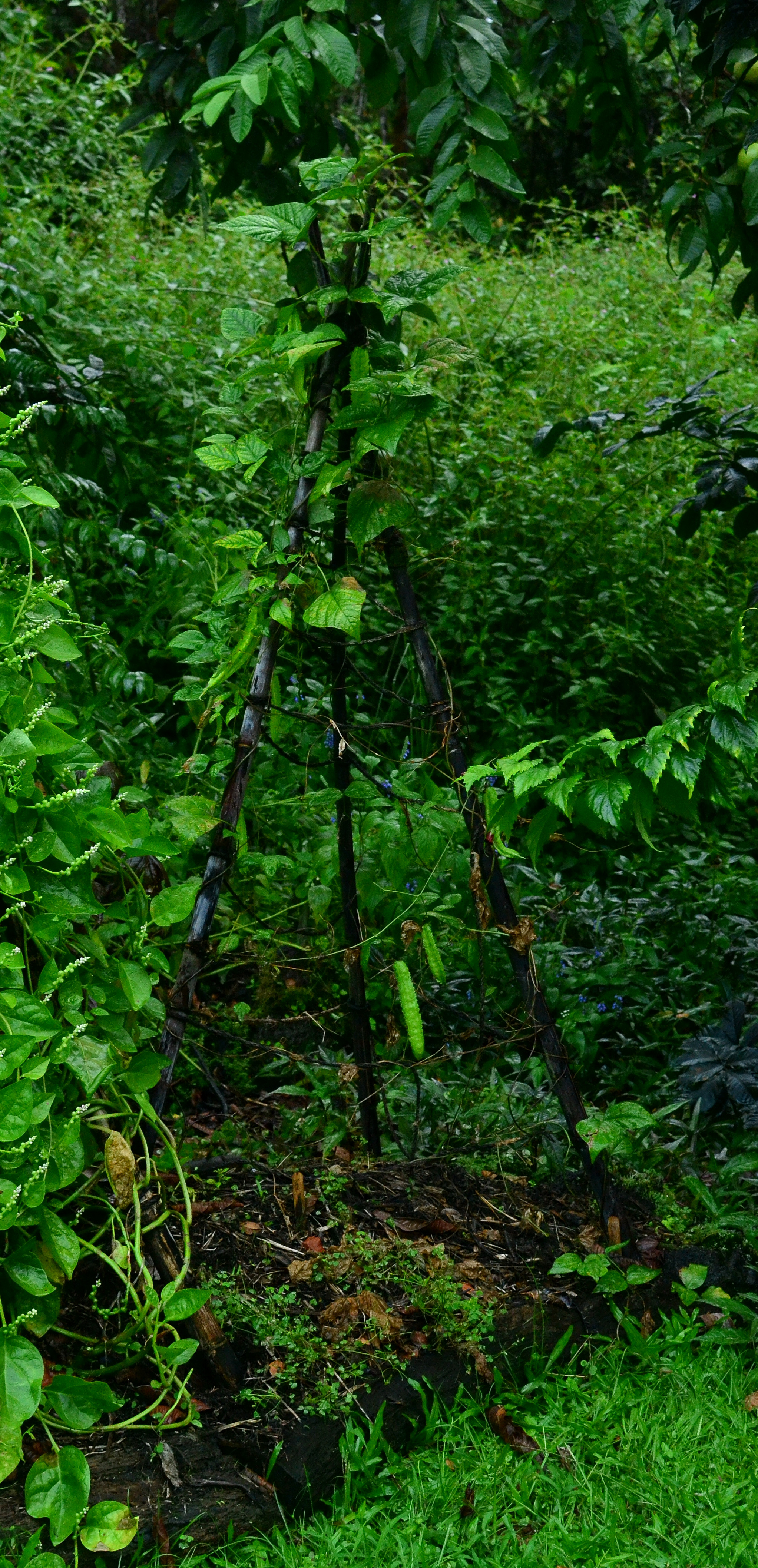
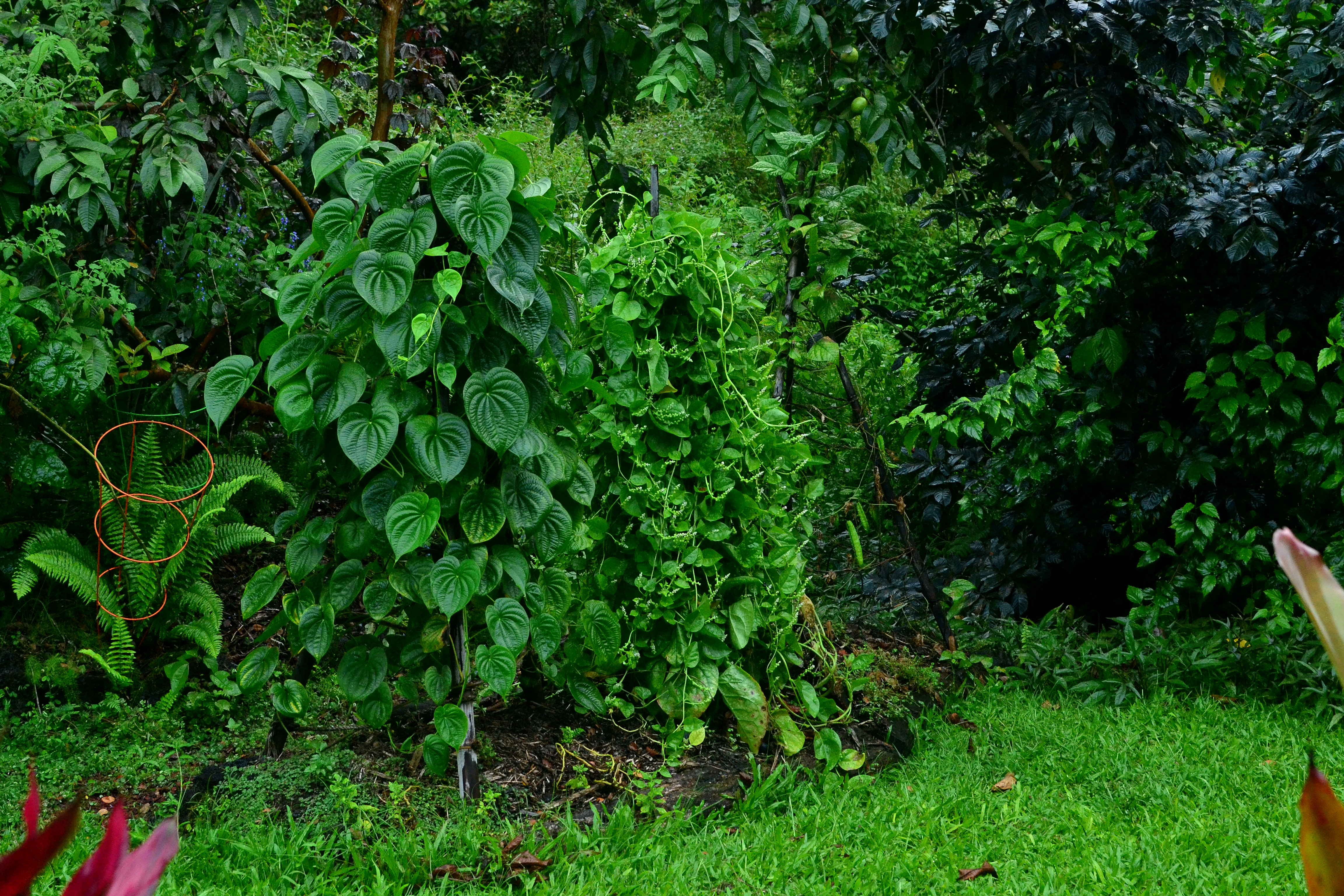
Happy Gardening!